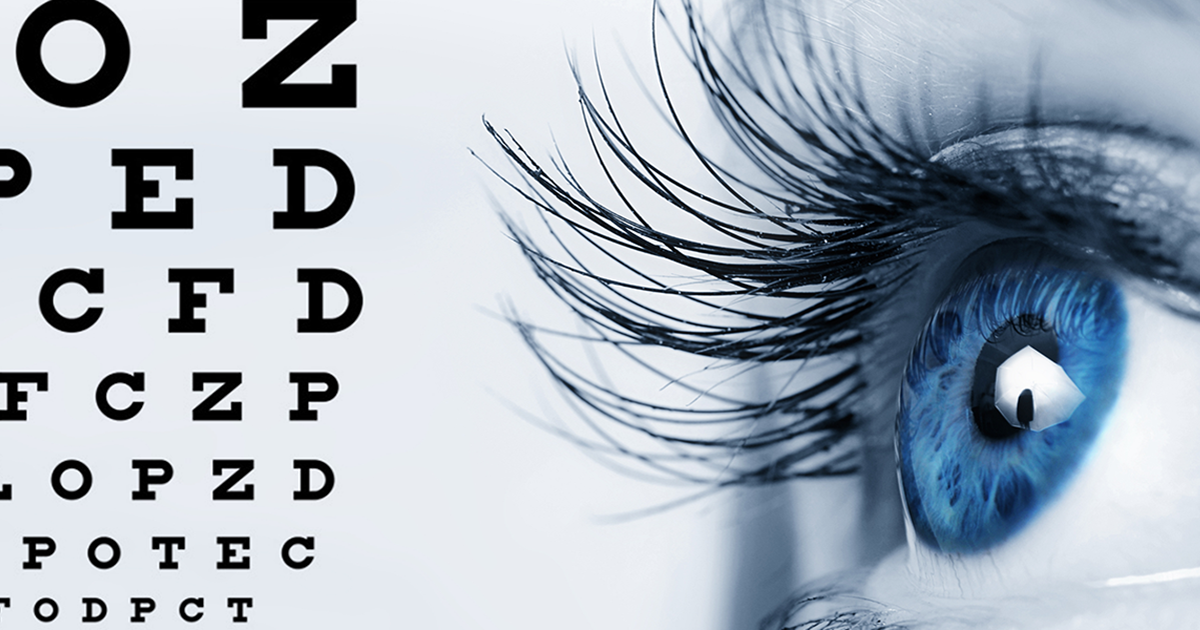Recognizing the Different Eye Issues Treated by Specialized Eye Treatment Professionals
In the realm of eye care, specialized experts play a crucial function in diagnosing and dealing with a wide selection of eye problems. As we begin on this exploration of the various eye conditions attended to by specialized eye treatment specialists, it ends up being evident that the intricate internet of eye health and wellness holds a myriad of interesting insights waiting to be revealed.
Common Refractive Errors
Refractive errors are typical aesthetic problems brought on by a flaw in the eye's ability to properly concentrate light, causing obscured vision. The most common kinds of refractive errors consist of nearsightedness (nearsightedness), hyperopia (farsightedness), astigmatism, and presbyopia. Myopia occurs when the eyeball is also long or the cornea is also rounded, causing remote challenge show up blurred. Hyperopia, on the other hand, happens when the eyeball is also brief or the cornea is also level, resulting in neighboring objects running out focus. Astigmatism is defined by an irregularly designed cornea, leading to altered or obscured vision whatsoever distances. Presbyopia is an age-related condition where the lens loses its adaptability, making it tough to concentrate on close items.
These refractive mistakes can be dealt with through various techniques, consisting of eyeglasses, contact lenses, or refractive surgical treatment. Eye care experts play a critical duty in detecting and managing refractive errors to help people achieve more clear vision and boost their high quality of life.
Age-Related Eye Problems
As people age, their eyes might be at risk to a variety of conditions beyond refractive mistakes that can impact their vision and overall ocular health. Age-related eye problems prevail and can considerably impact the top quality of life for older grownups. One of the most common age-related eye problems is age-related macular degeneration (AMD), an illness that triggers central vision loss and can make tasks like reading and driving challenging. refractive surgeries in al. Cataracts, one more typical problem amongst older individuals, create clouding of the eye's all-natural lens, leading to obscured vision. Glaucoma, defined by damage to the optic nerve, is additionally a lot more common with age and can result in outer vision loss or blindness if left neglected. In addition, presbyopia, a problem where the eye's lens loses adaptability, is a natural component of aging and results in trouble concentrating on close things. Regular eye exams with specialized eye treatment specialists are critical for very early discovery and management of these age-related eye conditions to maintain vision and maintain eye wellness as people grow older.
Vision-Threatening Conditions
Vision-threatening diseases include a series of significant ocular conditions that have the potential to considerably affect a person's sight and total aesthetic feature. These conditions pose a danger of long-term vision loss if not immediately identified and dealt with by specialized eye care professionals. Some common vision-threatening diseases consist of glaucoma, diabetic person retinopathy, age-related macular deterioration (AMD), and retinal detachment.
Glaucoma is a group of eye conditions that damage the optic nerve, often as a result of high intraocular pressure, leading to peripheral vision loss and possible loss of sight if left untreated. Diabetic retinopathy is a complication of diabetes mellitus that influences blood vessels in the retina, causing vision problems or blindness. AMD is a modern problem influencing the macula, bring about central vision loss. Retinal detachment takes place when the retina separates from its underlying cells, leading to sudden vision loss that calls for immediate clinical attention (refractive surgeries in al).
Early detection, normal eye exams, and timely intervention are critical in managing vision-threatening conditions to protect vision and keep lifestyle. Specialized eye treatment professionals play an essential role in diagnosing, dealing with, and handling these conditions to avoid permanent vision loss.

Corneal Disorders
Corneal problems incorporate a range of problems that impact the clear front part of the eye, recognized as the cornea. Therapy for corneal disorders differs depending on the particular condition yet may consist of medications, get in touch with lenses, or in serious cases, corneal transplants. Regular eye tests are essential for very early discovery and administration of corneal problems to maintain vision and eye health.
Neurological Eye Problems
Neurological eye conditions entail conditions that impact the connection between the eyes and the mind, affecting visual handling and overall eye feature. These refractive surgeries in al conditions can manifest in different methods, influencing vision, eye motions, and also the sychronisation in between the eyes. One typical neurological eye condition is optic neuritis, characterized by inflammation of the optic nerve bring about vision loss, color desaturation, and pain with eye movement.
One more substantial problem is nystagmus, where the eyes make repeated, uncontrolled motions, affecting aesthetic skill and depth assumption. Additionally, conditions like amblyopia, often referred to as "lazy eye," arise from abnormal visual growth in very early childhood years, resulting in minimized vision in one eye.
Neurological eye problems call for customized treatment from professionals like neuro-ophthalmologists who have proficiency in both neurology and ophthalmology. Diagnosis commonly involves a detailed eye assessment, imaging studies, and collaboration with neurologists to deal with the underlying neurological issues affecting the visual system. Treatment techniques can include medicine, vision therapy, or in severe situations, surgical treatments to manage these intricate problems properly.

Conclusion
Finally, specialized eye care specialists treat a wide variety of eye problems, including typical refractive errors, age-related eye conditions, vision-threatening conditions, corneal disorders, and neurological eye conditions - refractive surgeries in al. By recognizing these different conditions and seeking suitable therapy from eye treatment specialists, individuals can preserve optimum eye wellness and vision. It is very important to prioritize normal eye examinations and follow suggested treatment plans to maintain and protect one's vision for the future